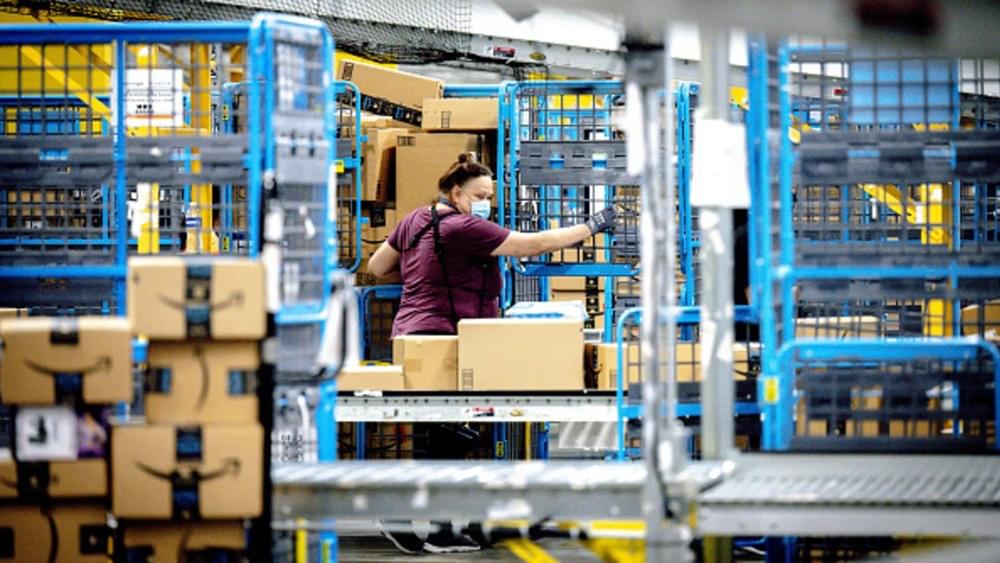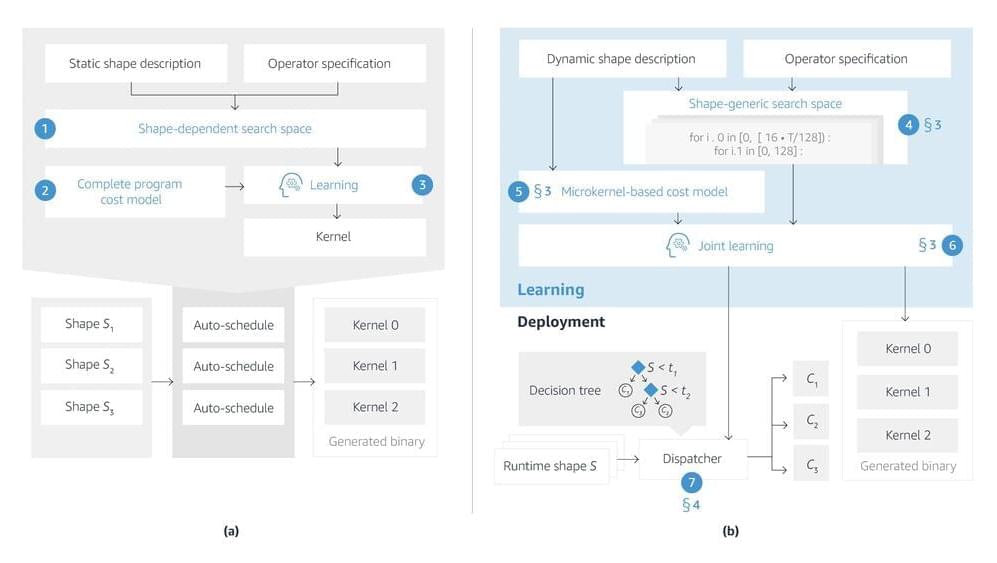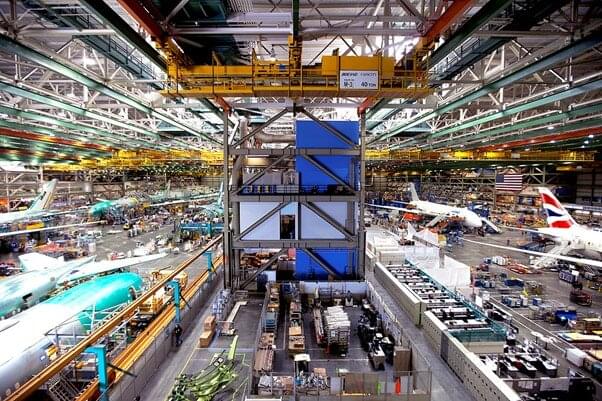Were you unable to attend Transform 2022? Check out all of the summit sessions in our on-demand library now! Watch here.
Artificial intelligence (AI) has been steadily influencing business processes, automating repetitive and mundane tasks even for complex industries like construction and medicine.
While AI applications often work beneath the surface, AI-based content generators are front and center as businesses try to keep up with the increased demand for original content. However, creating content takes time, and producing high-quality material regularly can be difficult. For that reason, AI continues to find its way into creative business processes like content marketing to alleviate such problems.







